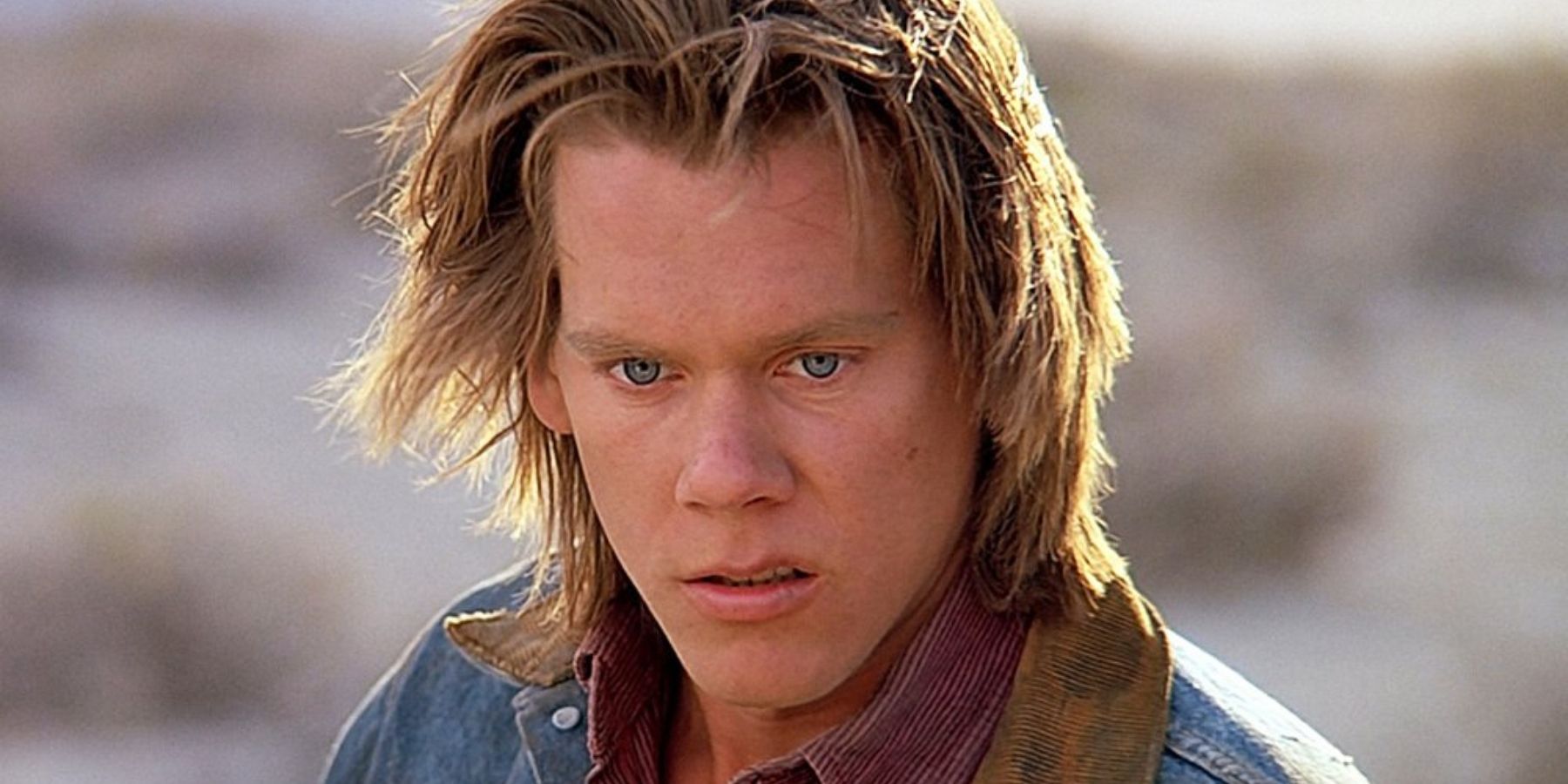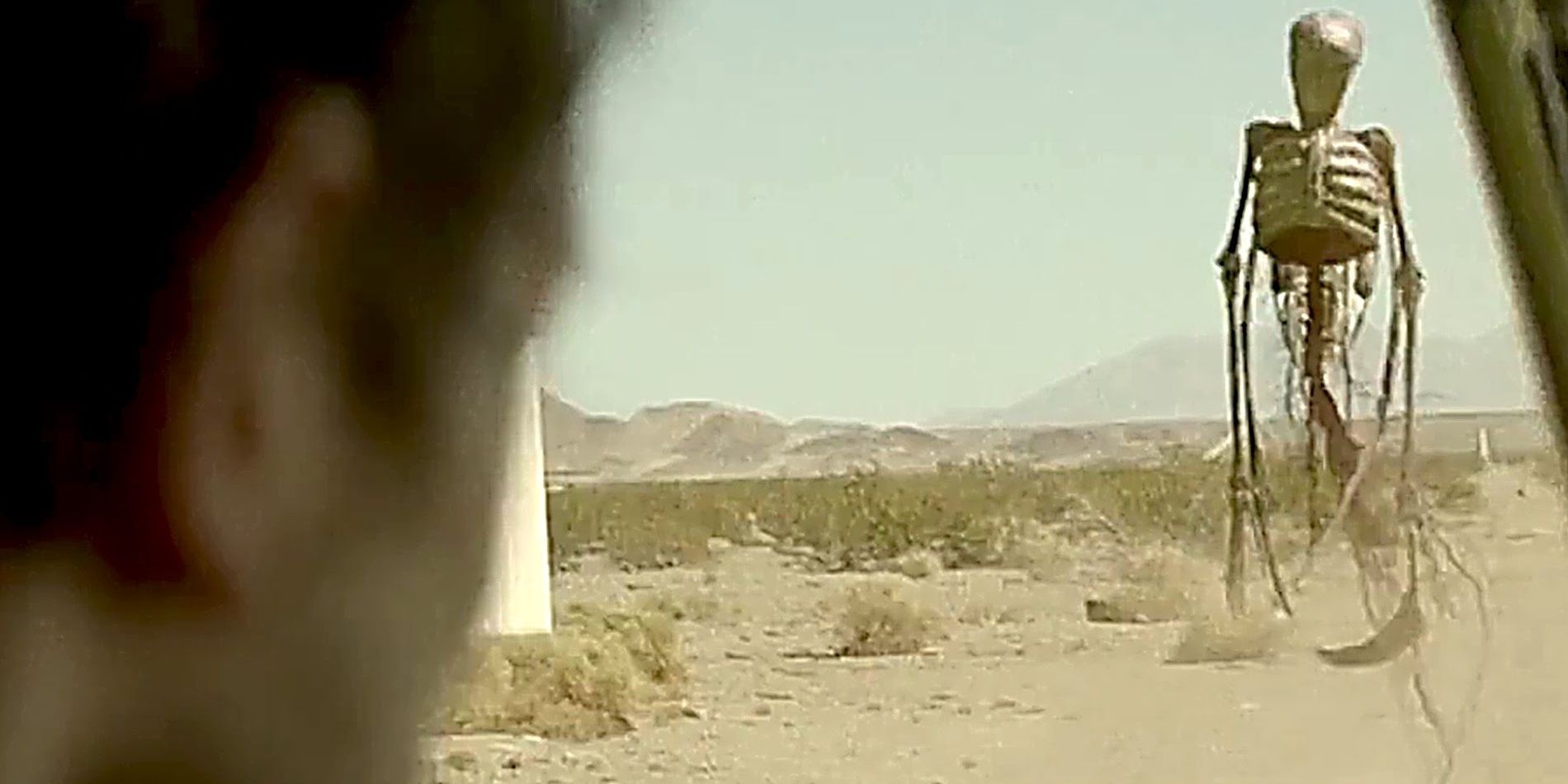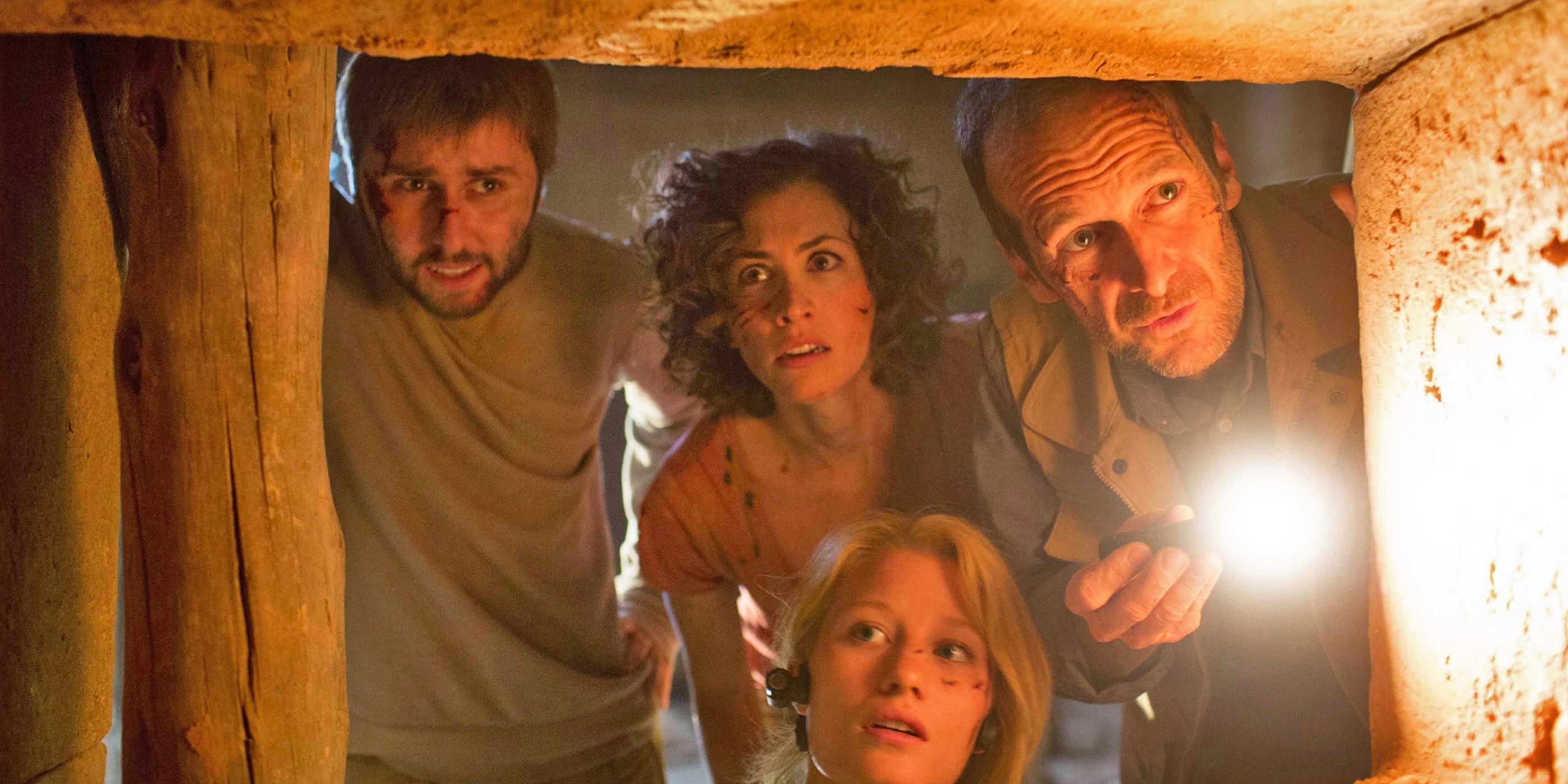
[ad_1]
Horror movies can take place in any kind of environment, from the classic haunted house to the far reaches of outer space. However, it often helps to tell a scary story in a place that would already be dangerous, unpleasant, and horrific, even without any tunneling horrors shifting within the sands.
When most people think of a horror film in the desert, they’re likely picturing the tales of adventurers fighting mummies in Egypt. While the sands in Giza are certainly packed with a long history of scary stories, almost a third of the planet Earth is desert, and every region has its own horrors.
Tremors
One of the quintessential films in American horror cinema, this 1990 monster movie sicks a mess of giant worm monsters on a tiny desert town in Nevada. Screenwriters S. S. Wilson and Brent Maddock originally pitched the film as a group of people trying to evade the wrath of land sharks. Director Ron Underwood developed the concept into a creature that felt slightly more realistic, leading to the iconic Graboids. This simple cult classic spawned a franchise, with five direct-to-video sequels under its belt. None of those follow-ups hold a candle to the original, however. The tale of a bunch of simple folks trying to survive their encounter with the tunneling horror is funny, scary, charming, and timeless. Even 32 years later, Tremors is about as much fun as a horror movie can be.
Carriers
This movie was made in 2006, but it feels a bit unpleasantly on the nose when viewed in 2022. This grim tale of a global viral outbreak is much more extreme than the ongoing pandemic mankind finds itself in, but the images of people in masks wielding bleach hit different. Carriers follows a handful of people desperately clinging to a strict set of rules in the aftermath of an apocalyptic plague. All hope is lost, so the film’s heroes set to work escaping to a beach that once brought them solitude. Unfortunately, they hit one snag after another as they attempt to travel a desert highway. The true horror of the film isn’t the disease, it’s the complete breakdown of basic humanity that it brings on, leaving every person to discover what they’ll do when pushed to the brink. It’s a dark film with a weighty air of cynicism about it, but for those who can stomach it, it’s also a well-crafted experience.
Dust Devil
Richard Stanley has one of the strangest career trajectories of any filmmaker in the business. He started out with some well-received short films. He got himself the capital to make a couple of passion projects, both of which became cult classics. Then he moved up to the big-budget H.G. Wells adaptation that went so horribly wrong that the lost version he attempted to direct served as the basis for a blockbuster documentary. More than two decades passed before he returned to direct The Color Out of Space, a roundly praised Lovecraft adaptation he later revealed would be the first of a trilogy. Dust Devil is the second of his early cult classics and the last film he directed before The Island of Doctor Moreau. Dust Devil adds a supernatural flair to the tale of a series of murders that occurred in Namibia. It’s a fascinating film with some truly effective horror elements that show off what Stanley could’ve been if it weren’t for New Line Cinema and Val Kilmer.
Southbound
Anthology horror films have a solid and storied tradition of a few excellent entries overriding the mountain of terrible ones. Southbound brings directors together to tell interconnected stories that take place on the same desolate stretch of desert highway. With talent like Roxanne Benjamin, who directed the best part of XX, and David Bruckner, who directed the best bit of V/H/S, Southbound is a standout in the genre. Uniquely, the stories aren’t separate short films, they’re incomplete fragments of clearly larger stories. It’s a fascinating and engaging way to string together five haunting and well-executed horror stories. This 2015 film comes in with a tight 90-minute runtime, the biggest problem with it is that it’ll leave every audience demanding more.
The Pyramid
Found footage isn’t over as a gimmick, it’s just not as annoyingly common as it used to be. If any modern found footage filmmakers need a handy “what not to do” guide, look no further than this 2014 disaster. The Pyramid is the feature directorial debut of Grégory Levasseur, whose career contains many great films and many big misses. This is the latter. The Pyramid follows a handful of documentarians seeking a secret hidden within one of Egypt’s iconic landmarks, only to find a nightmare hidden within. Anyone who stumbled onto John Erick Dowdle’s As Above, So Below might experience genuine deja vu, despite the films releasing less than four months apart. The Pyramid isn’t a good film, but it’s well worth watching, just for the wild choices it makes in its later acts. It’s much funnier than it is scary, but the big swings it takes at some of its ideas make it interesting.
[ad_2]
Source link






